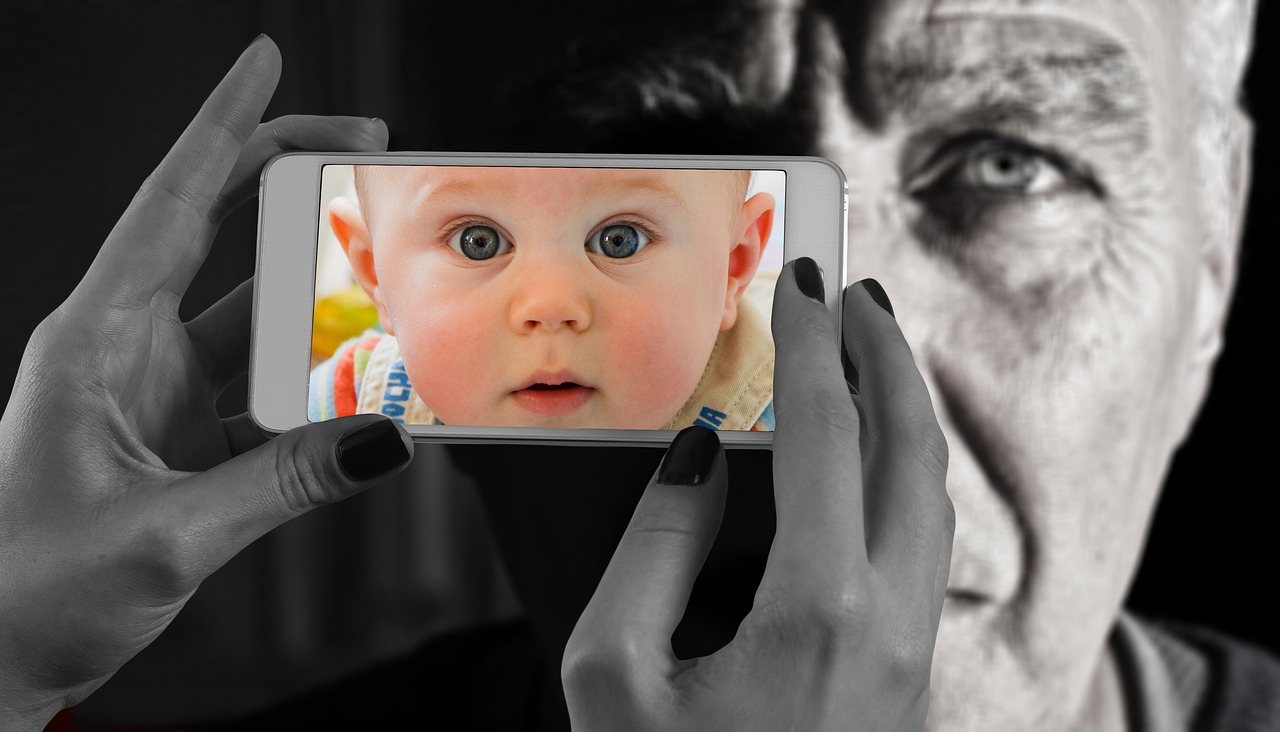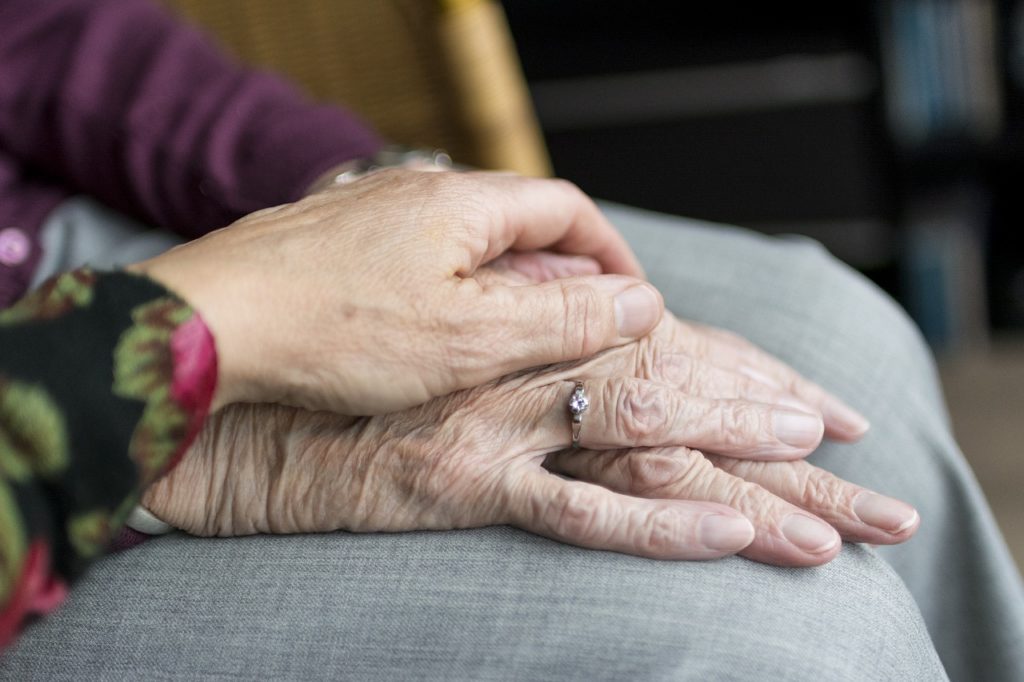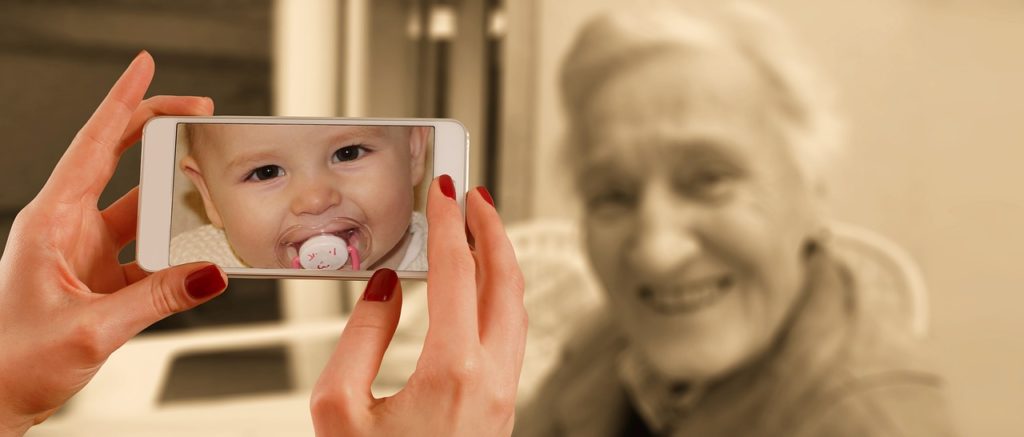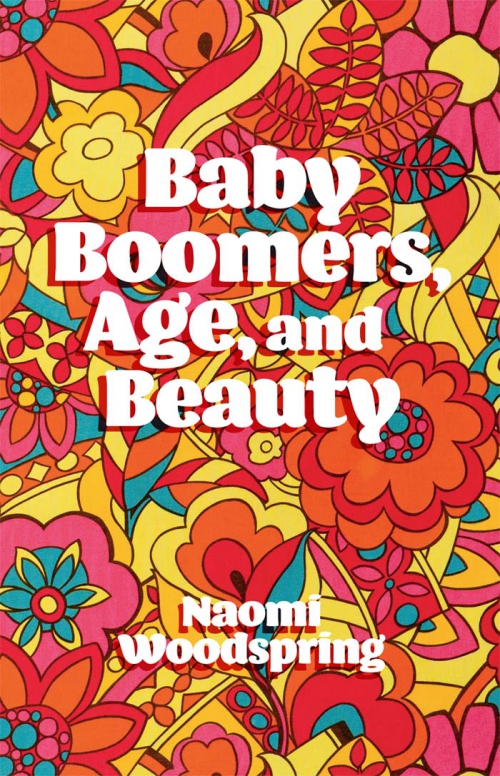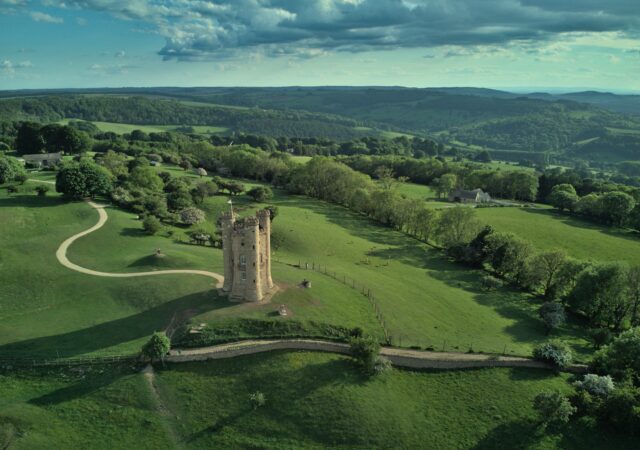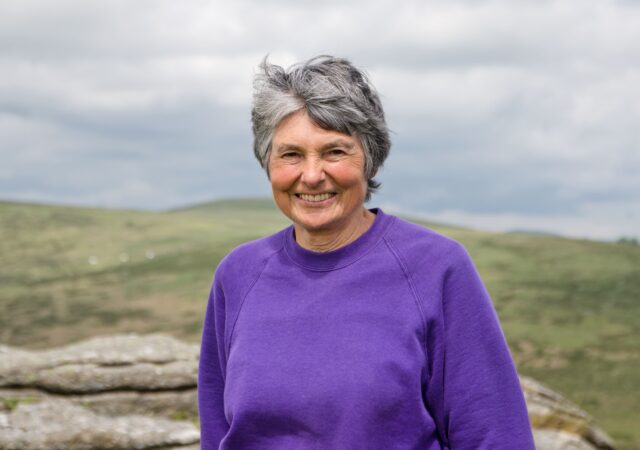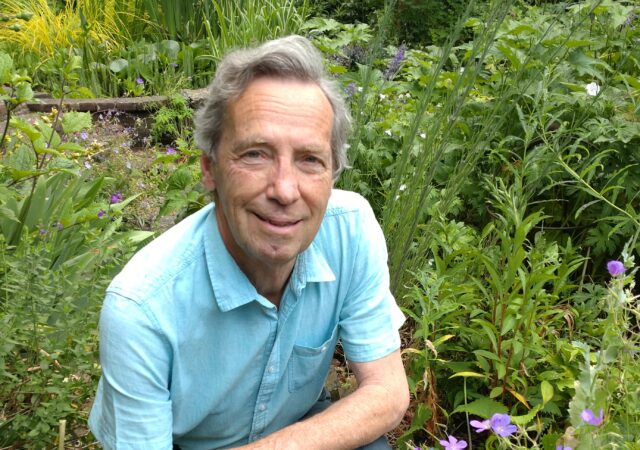Below, Naomi Woodspring writes about ageism, age and beauty, baby boomers and wonders if just women are invisible after 50!
Ageism!
At 59, I had my first obvious experience of ageism….. it was shocking, hurtful and humiliating. And it also got my hackles up. Who were these people to judge me as incompetent because I was older than they were? Sometime later, I was relaying the experience to an old friend who was the editor of a psychotherapy journal. ‘Write me an article’, he said! In the process of digging into the research on ageism, I became more and more intrigued and, somehow, the article ended up morphing into a PhD focused on the first wave of the baby boomers (born between 1945 – 1955) and our ageing bodies. I was awarded my doctorate in 2014. After the thesis, I wrote a book, Baby Boomers, Time, and Ageing Bodies.
A New Career
Although I did not do a ‘vanity PhD’ and I was committed to being a change agent, I never imagined that the university would give me a job. My PhD supervisor and mentor invited me to be part of a large Lottery-funded project, Bristol Ageing Better (BAB). As a research fellow at BAB, I worked with a group of older community volunteer researchers on a number of projects. The underlying principle at work with this group was to use the expertise of older community members to evaluate programs. The core question was – were BAB successfully reaching older people in Bristol? I loved the work but at the back of my mind, and sometimes moving to front and centre, was the thought that I wanted to take the work I started in my thesis and my book one step further. I imagined another research project and another book. This book would be for general readership, not filled with academic speak.
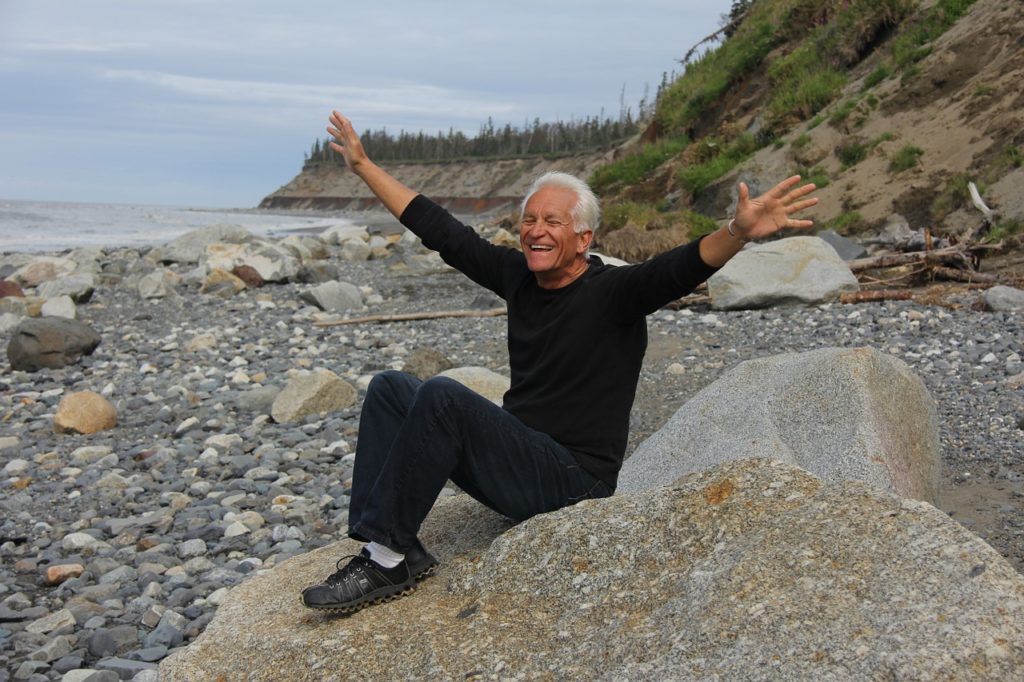 Appearance and Beauty
Appearance and Beauty
The physicality of ageing is so important to our identity as older people. We all age, none of us looks the way we did when we were six, twenty-six, or fifty-six. I became more and more intrigued with the question of ageing appearance and what that meant for older people. Did women really become invisible and men not so? How did people see themselves in the mirror and other older people around them? Was beauty only the purview of the young? The question, can old people be beautiful, emerged as my central exploration and what that kind of beauty might be – how it is defined by the first wave of the baby boomers. The women and men who volunteered for my study were all so generous with their time and thoughts. I heard many intimate stories of those moments in the mirror but also what they saw in others around them – friends, family, partners, work colleagues, and strangers.
Age and Beauty
What I came to understand and write about is that appearance is a central means of expressing our identity to the world. Seeing and recognising beauty in those around us, is not age dependent – it is human. Choices about our appearance, the expression of our identity, continues throughout our lives. Whether it be a comb-over covering that bald spot or a spot of lipstick. And beauty….. there is not a tick of the clock or a flip of the calendar page that signals the end of beauty. Beauty in old age can be in the eyes of the beholder but it goes beyond that. As the baby boomers age, many members of that generation are not willing to disappear into invisibility. They are seeing beauty in older people around them and articulating a definition of age and beauty.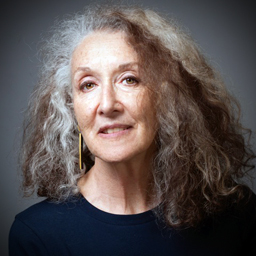
What’s Next?
I’ve got another book in me, actually, probably more than one. Curiosity will nudge me into another research area – no doubt, something to do with ageing and ageism. This project raised a number of questions, for me but, for now, I’m going to take a breather and let those ideas percolate.
Dr Naomi Woodspring lives in Bristol. She has a son and a daughter and two grandsons and is a visiting fellow at the University of the West of England. She can be contacted through her website naomiwoodspring.com. Her latest book is Baby Boomers, Age and Beauty, Emerald Press.

